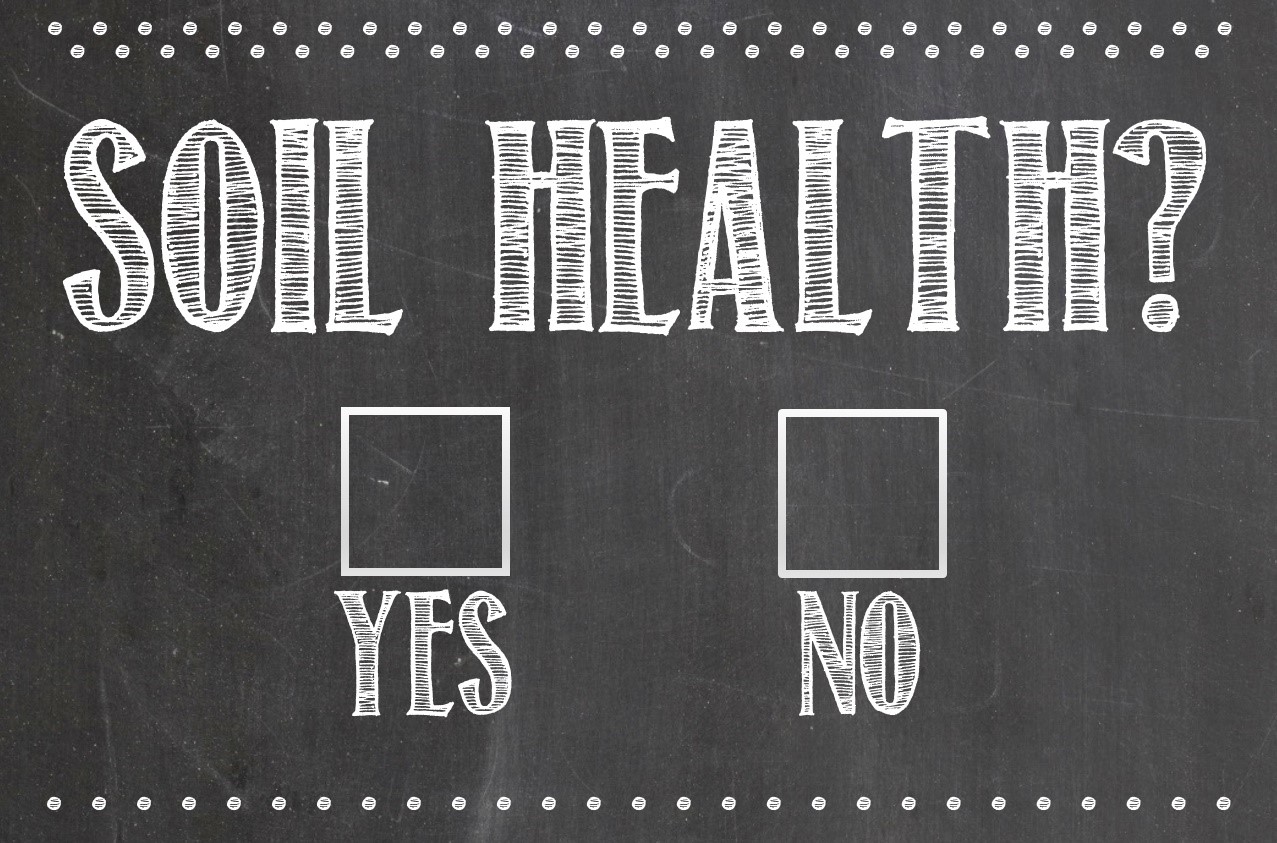Sometimes, soil health is viewed as an all or nothing proposition.
When that is the case, farms or farming practices get lumped into groups with ‘good’ or ‘poor’ soil health and discussions are developed around these groups. The narrative generally revolves around how we wouldn’t have the environmental and production challenges if we just had ‘good’ soil health. But who gets to determine what qualifies as good? To be considered to have ‘good’ soil health must a farmer no-till? Does manure need to be applied on a regular basis? Do cover crops need to be used every year? Are all three of these a requirement, just one or two, or is there something else that is more critical? Often, the answers to these questions change depending on who is answering. As the saying goes, “soil health is in the eye of the beholder” …. or something like that.
Soil health should be viewed individually, field by field, and on a continuum.
It is not a ‘yes’ or ‘no’ question. Think of it like human health. Are you in good health? Usually, the answer to this question is somewhere in between ‘yes’ and ‘no’. There is a grey area. I try to eat healthy, exercise, and support my mental well-being. Of course, I am not perfect and sometimes eat fast food, watch TV while sitting on the couch, and stress about work. But, if I am intentional about limiting these unhealthy activities while adding more healthy ones to my lifestyle, I am constantly improving, and becoming healthier.
The key principles of soil health are strong – plant diversity, low soil disturbance, plant growth throughout the year, and keeping the soil covered – and can lead to beneficial changes to soil properties within agricultural fields. However, sometimes the way soil health is promoted does not help with increasing the adoption of the key principles. It is not an all or nothing system. Implementing some part of any of those principles improves function and cycling within the soil system.
It takes decades of hard work, non-traditional systems, and a desire to take risks with new practices to achieve some of the most sought-after soil health benefits. If soil health is just a ‘yes’ or ‘no’ question, it can feel like some sort of unattainable goal. Bringing it back to human health, if someone told me today that I needed to become a triathlete to be considered healthy, it would be so discouraging and I wouldn’t know where to start. In fact, I’d probably be inclined to give up altogether and enjoy some extra TV and couch time. Similarly, for a farmer starting to implement soil health principles, it can be intimidating to think about all the changes that would need to take place on their own farm to be on the same level as those that are held up as experts. That’s why soil health is not a ‘yes’ or ‘no’ question. Small steps count when we are working on a continuum of progress in human health or soil health.
Continuous improvement of farming practices
To continue increasing the adoption of the key principles of soil health, we need to take extra care to not lump farms into ‘good’ or ‘poor’ soil health groups. And, as a farmer, realize that no one becomes a triathlete overnight. Instead, realize that starting with small steps is ok and that there are a variety of ways to get the continuous improvement and progress we are all hoping for. Farmers should adopt soil health practices from their own starting point and experiment to find practices that work in their fields and region. After all, not all soils, locations, and landscapes need the same practices to achieve environmental and production goals.
- Lessons Learned from Schafer Farms – Implementing Conservation in a Rolling Landscape - April 8, 2020
- What happened to spring? - July 15, 2019
- Tile flow and nutrient movement in Northwest Minnesota - September 13, 2018
